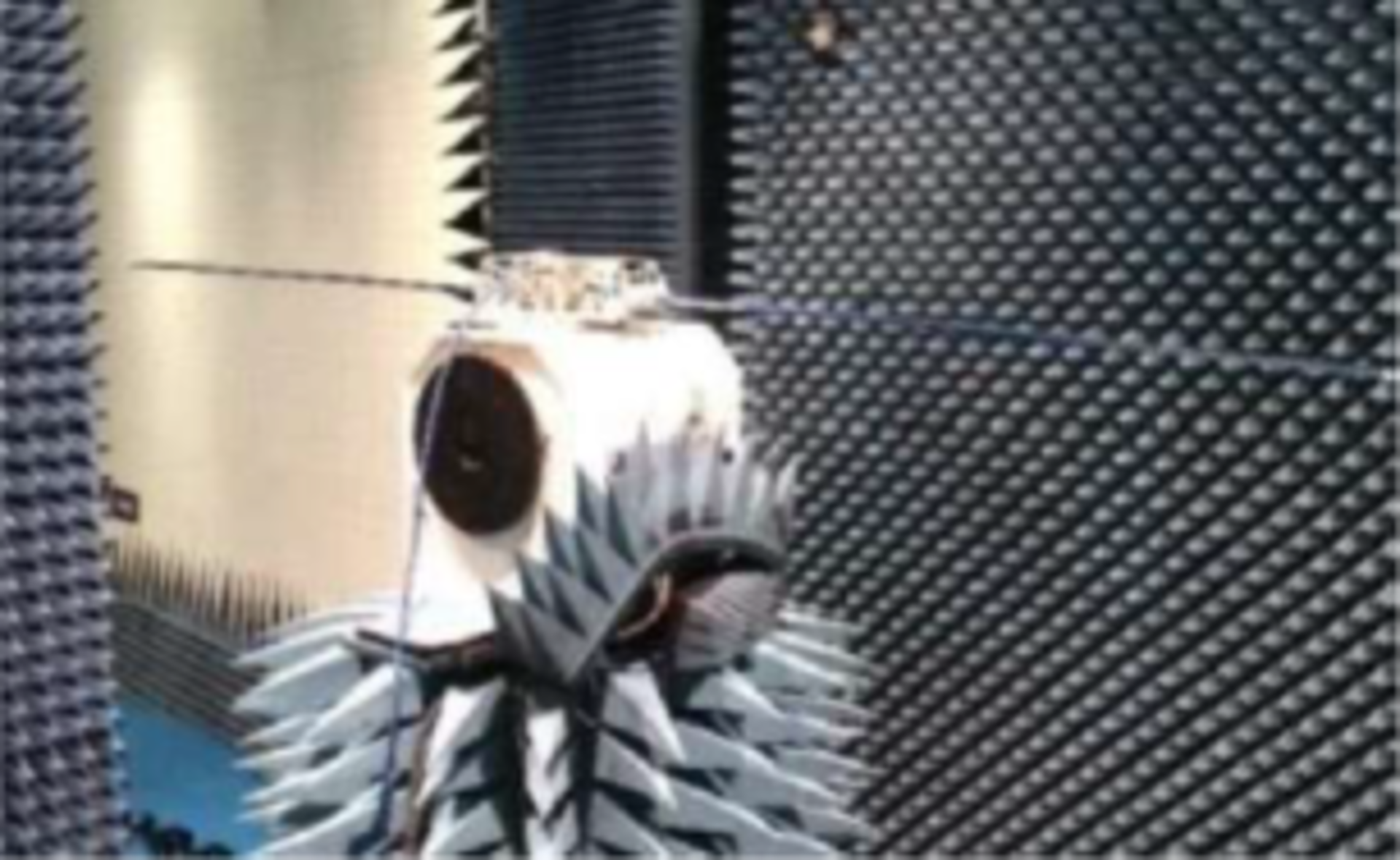Compact HF-VHF tubular deployable antenna
Low frequency radar instruments are of interest for small scale science missions.
A tubular antenna is required to build a global radar signal capable of penetrating the ground at various depths for a variety of measurements, in particular for use in studying Near Earth Asteroids.
The usual mass and volume constraints call for a compact antenna with a reduced volume when stowed and a reliable deployment mechanism.
While a reliable deployment mechanism for just such an antenna have been studied extensively, the radio frequency implementation has never been realised. Moreover, testing the antenna presents a set of challenges related to the very low frequency which require a large antenna test facility and dedicated set-ups. Despite this, a new activity with SENER Aeroespacia, Spain, in a consortium with Finland and the Czech Republic, has built a deployable HF-VHF antenna for ground penetrating radar for small planetary missions.
It can be embarked within small satellite, with a volume allocation of 1-2 U (100x100x100 mm). It is a dipole antenna that can work at 100MHz, 50MHz or 25MHz frequencies. Each dipole arm can be deployed and retracted, and the length can be adjusted to three frequencies, which correspond to 66cm, 137cm and 280cm length for each boom.
T207-051EF closed in 2021


